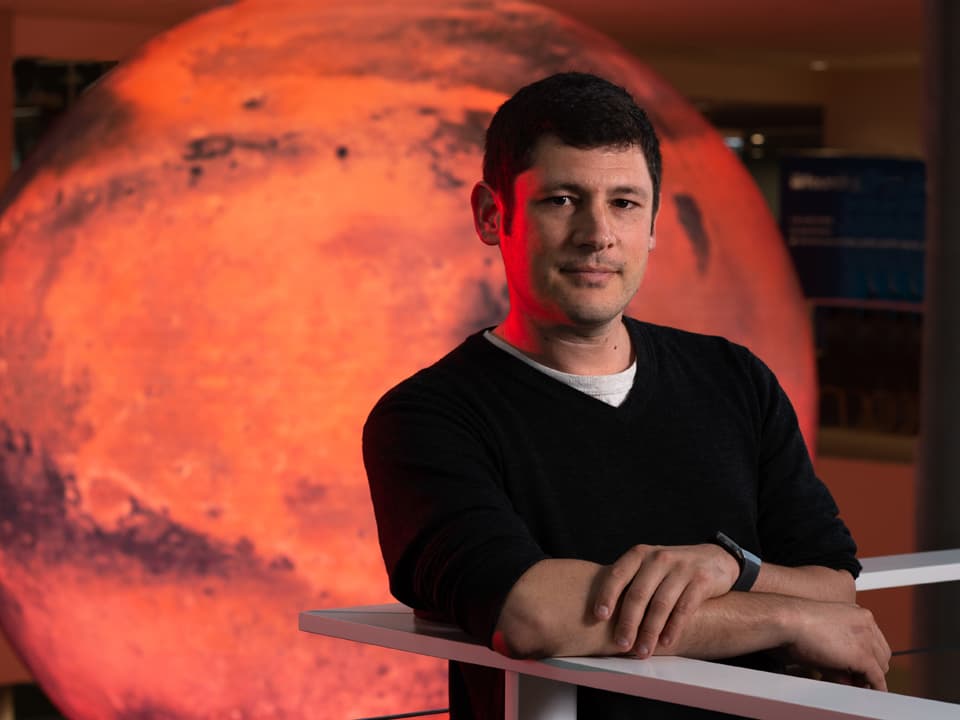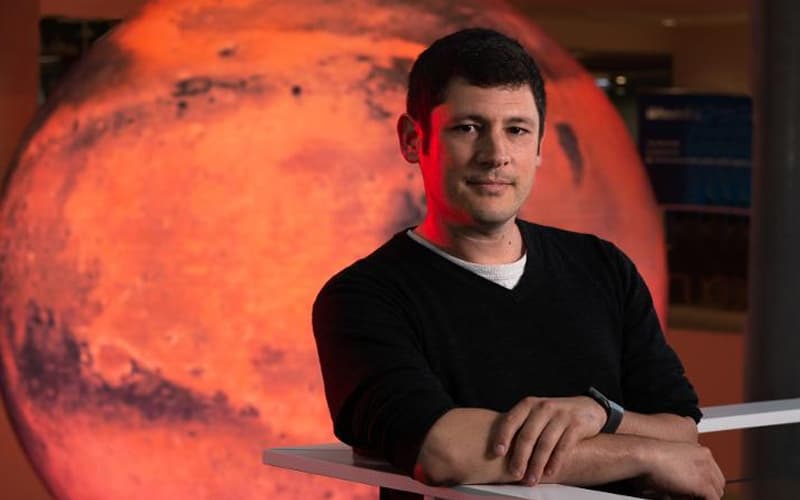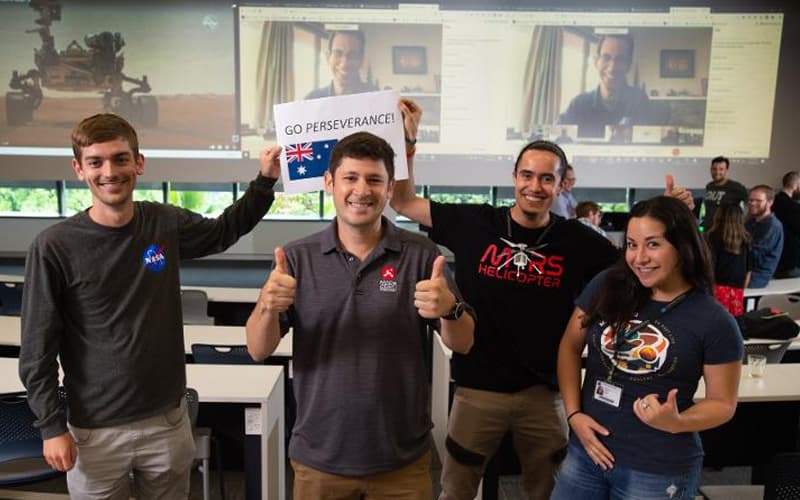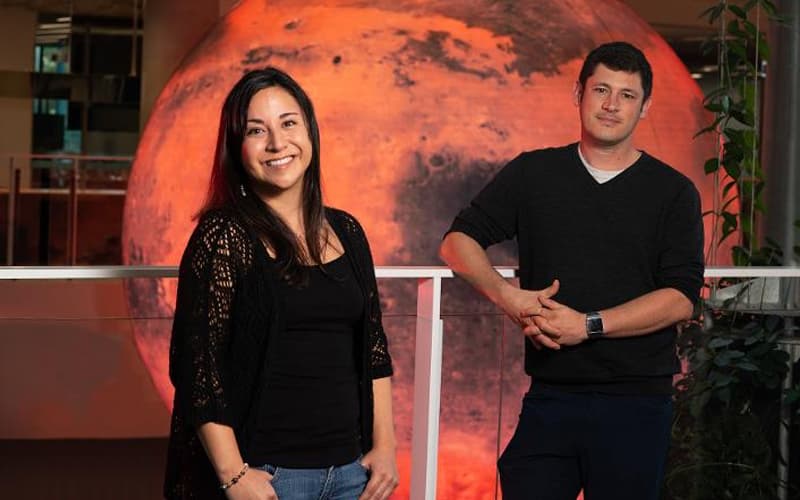'The search for habitable environments and for life beyond Earth is the key to understanding the origin of our own living planet.'
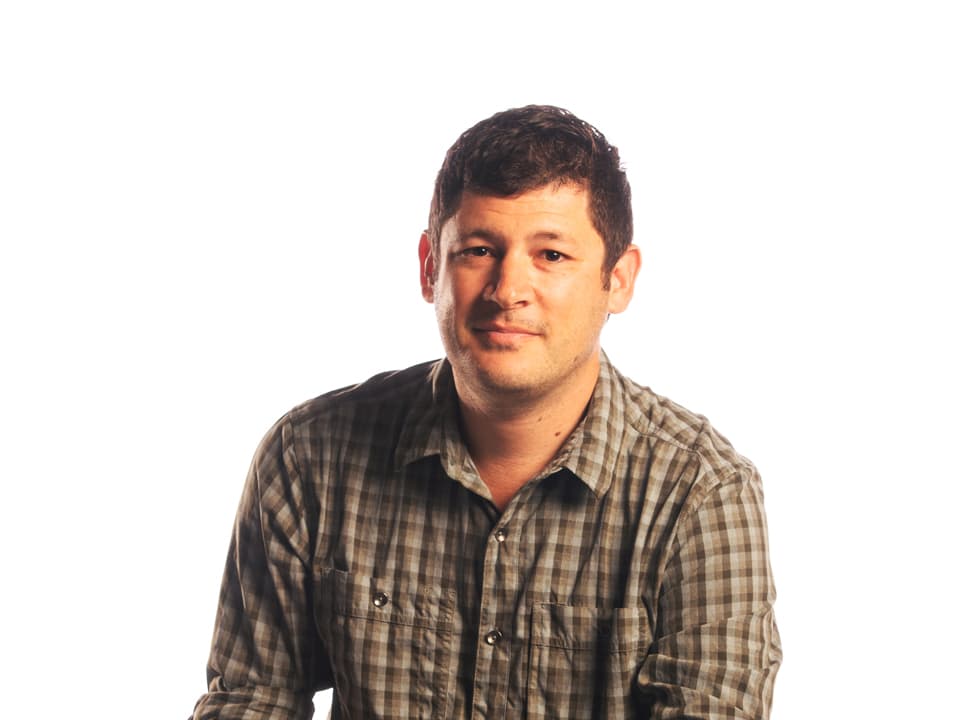
Research aim
'To improve our understanding of our place in the universe.'
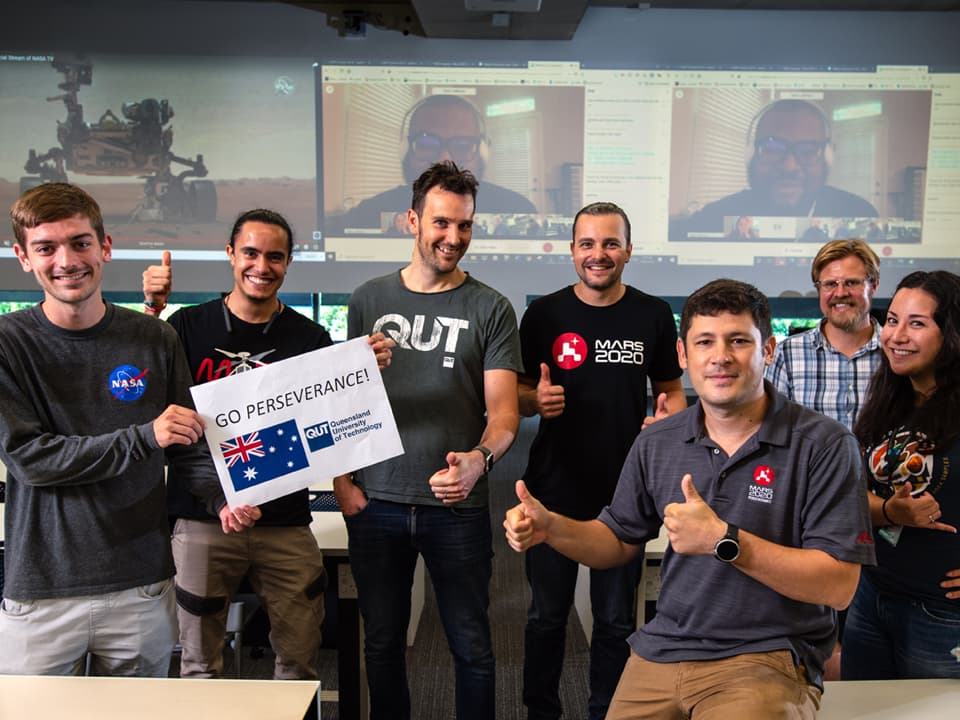
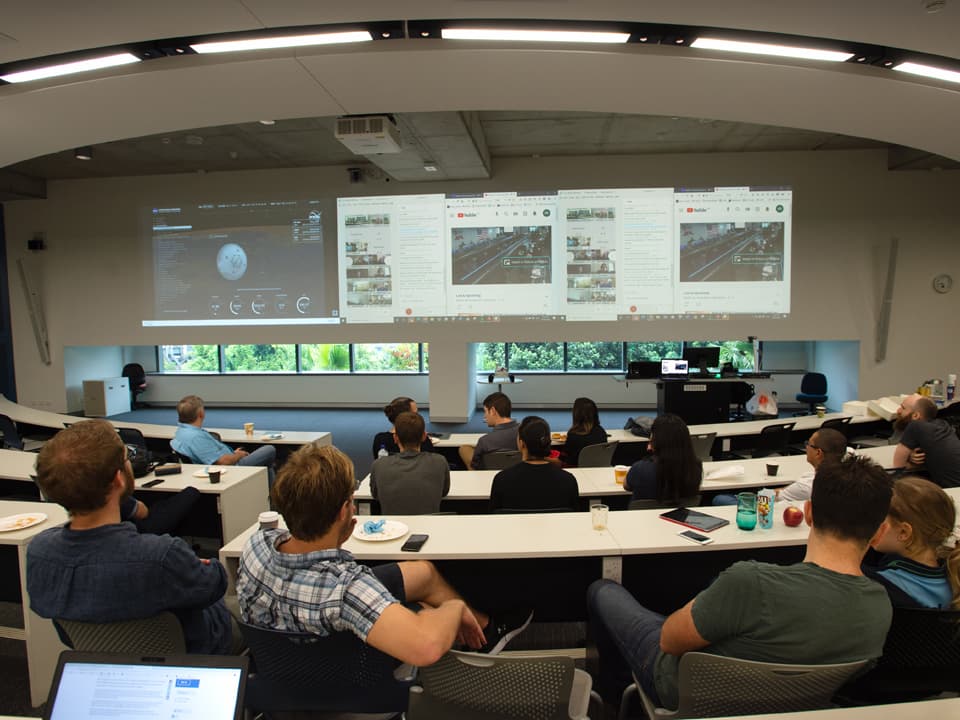
Real-world implications
'A better-understanding of Earth’s origin and geobiological systems is essential knowledge for the ultimate custodians of this place – us.'
The challenge
'The barriers to deep space exploration are largely political and economic. Great efficiency is possible if we can find ways to work together more-effectively across national and international boundaries.
I’m most excited about the possibility of piecing-together the history of life and habitable environments in our own solar system, and of course the possibility of finding evidence for life beyond Earth!'
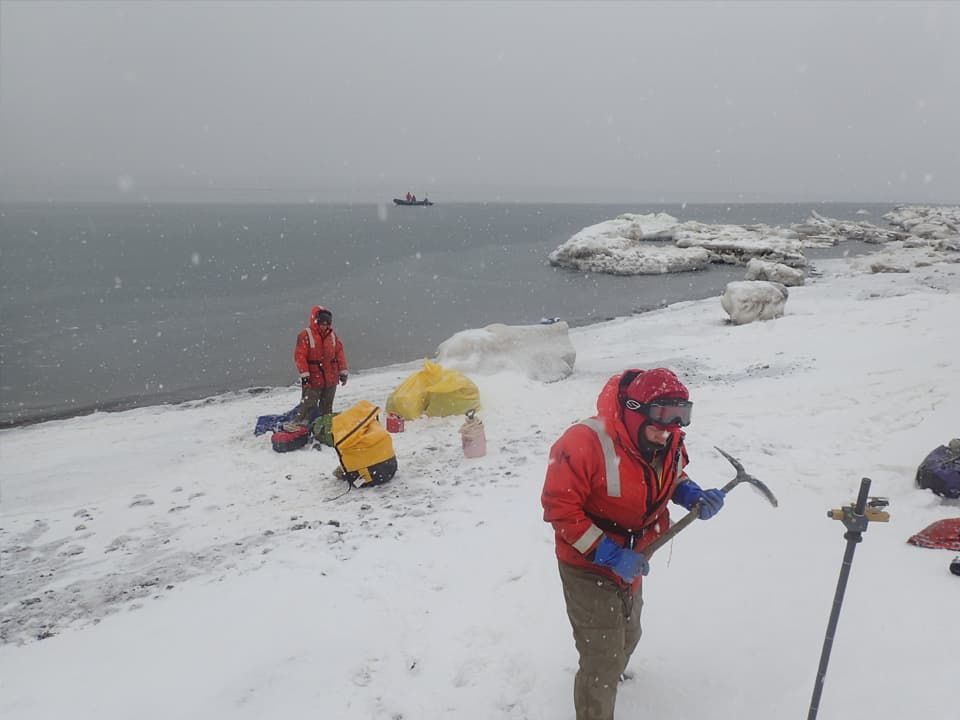
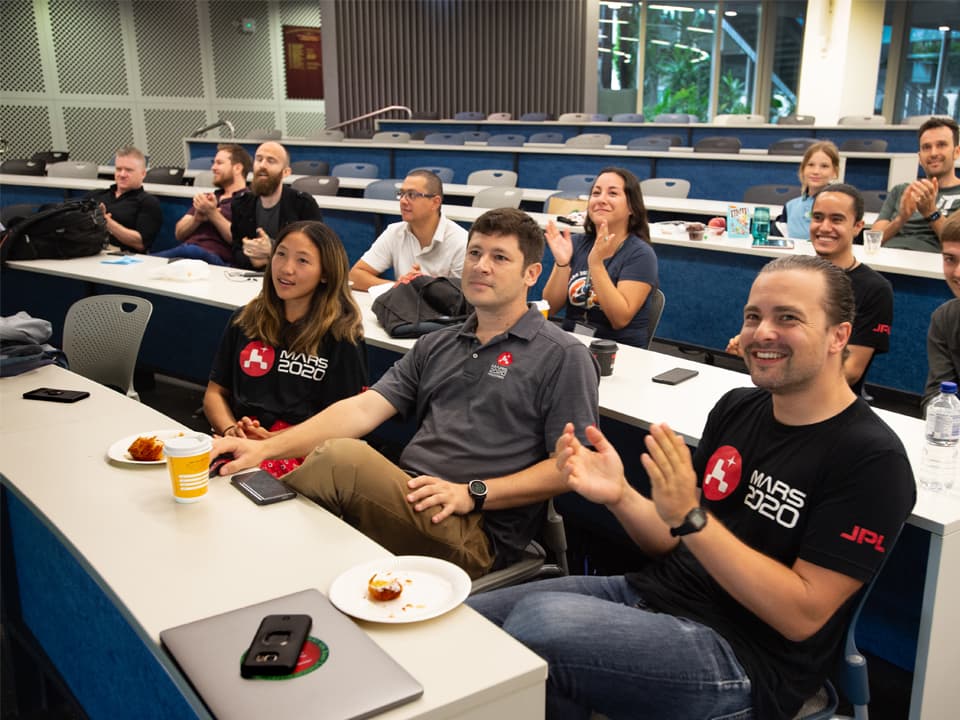
Teaching
'Working together in pursuit of truth is the most satisfying aspect of scientific research. It is second only to the joy of passing on what you have learned to others. Through teaching, I hope to inspire future generations to continue exploring our planet and beyond.'
Key achievements
- Unravelling the earliest recorded history of microbial life on Earth using isotopic, molecular and sedimentological techniques.
- Developing and flying instrumentation designed to address the astrobiology goals of major space missions.
- Managing a team that operates the most complex object ever sent to Mars, the Perseverance Rover.
Key collaborators
- NASA JPL
- Australian Space Agency
- CSIRO
- United States Antarctic Program
- Curtin University
- Australian National University
Key publications
- D. Flannery, A. Allwood, W. Abbey, N. Ferralis, E. Matys, R. Summons, K. Williford. 2018. Spatially-resolved isotopic study of carbon trapped in ~3.43 Ga Strelley Pool Formation stromatolites. Geochemica Cosmica Acta, 223, 21-35.
- Stack, K.M., Williams, N.R., Calef, F. et al. Photogeologic Map of the Perseverance Rover Field Site in Jezero Crater Constructed by the Mars 2020 Science Team. Space Sci Rev 216, 127 (2020)
- Allwood, A.C., Rosing, M.T., Flannery, D.T., Hurowitz, J.A. (2018). Reassessing evidence of life in 3,700-million-year-old rocks of Greenland. Nature, 565 (7737).
News
Dr Flannery was awarded for his work in deep space exploration and the search for life on other planets as Long Term Planner on the NASA Perseverance Rover Mission.
QUT researchers are now ready to play their part in NASA’s search for signs of ancient life of Mars with the successful touchdown of the Mars Perseverance Rover.
QUT students will be looking for early life in ancient Australian rocks to help guide the NASA Perseverance Rover in its mission to find ancient life on Mars.
